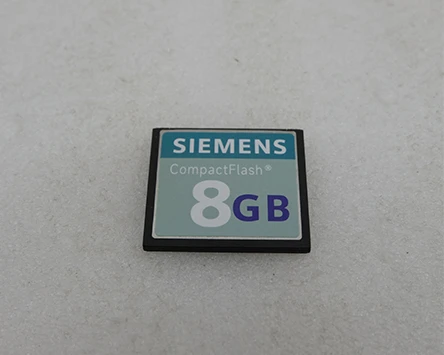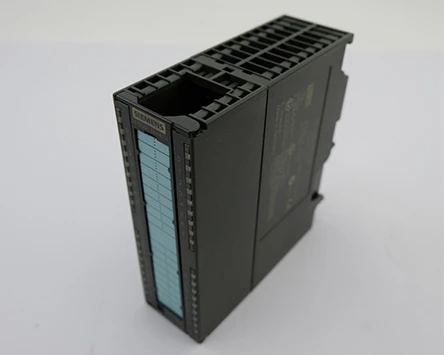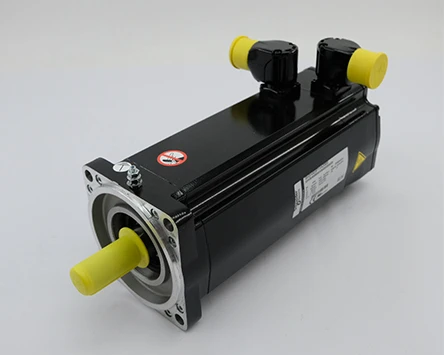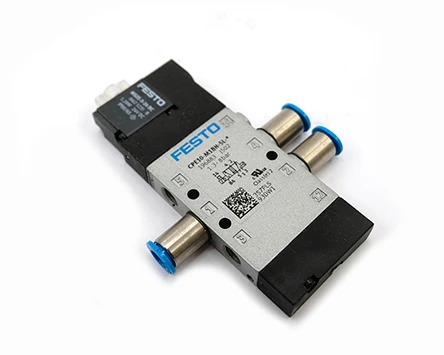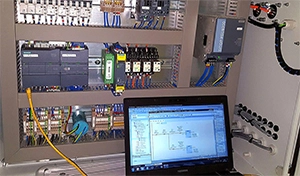
When selecting an industrial encoder, there are two important concepts worthy of attention: resolution and accuracy. These terms are independent of each other. Each refers to a specific encoder characteristic, and they are not interchangeable. Any particular type of fanuc spindle encoder can be used in a certain resolution range. For example, an encoder has 20 different resolutions, ranging from 64 CPR to 10000 CPR.
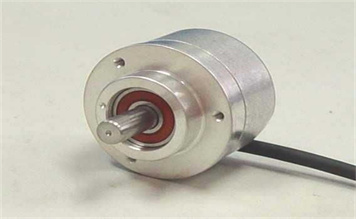
In mathematics, science and engineering, the resolution specifies the minimum distance that can be measured or observed. In order to make an incremental encoder, the manufacturer creates a disk with a pattern that divides the disk into different areas.
When an LED casts light on the disk, the light shines on a window or a line, and the window allows the light to reach the optical sensor on the other side through the disk. When the disk rotates, the output of the fanuc motor encoder module channel is a series of high signal and low signal, and its value depends on whether the optical sensor receives high signal or light signal.
When applied to an optical encoder, the encoder resolution is measured in cycles per revolution (CPR). The resolution specifies the number of times the output signal becomes higher every revolution. This number can match the number of rows on the disk. Especially in the case of high resolution, it can be a multiple of the number of rows. The number of rows on the disk is always related to the resolution.
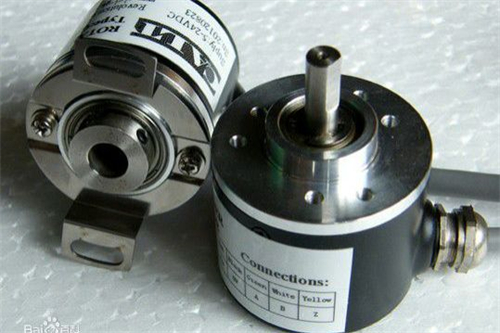
According to the motion mode, the common encoders are linear encoder and rotary encoder. The linear encoder moves along the scale or ring, and the rotary encoder rotates around its axis. If the object moves linearly, it is recommended to choose a linear encoder. If the object is in rotary motion, it is recommended to select rotary encoder. According to the coding principle, the encoder can be divided into incremental encoder and absolute encoder. The difference between the two encoders is similar to the difference between stopwatch and clock. According to the working principle, the encoder can be divided into magnetic encoder, optical encoder, induction encoder and laser encoder. These encoders can monitor objects with different physical principles, and these information can be transmitted to the control system by means of light, current, electromagnetic field and so on.
The resolution of the encoder can be divided into three levels: high, medium and low. The resolution is related to the minimum motion that the encoder can detect. Generally, the higher the resolution, the higher the detection accuracy of the encoder and the higher its price. If you need to accurately detect the motion of objects, a high-resolution encoder is more suitable for you. In addition, you also need to consider the environment of encoder application. Temperature, speed and pressure will affect the performance of encoder.
When the budget is sufficient, it is certainly best to choose a high-resolution encoder. If the budget is insufficient, you can choose a lower resolution encoder as long as it can meet your needs. In some cases, the resolution of the encoder may also affect the size.
 English
English 日本語
日本語 한국어
한국어 français
français Deutsch
Deutsch Español
Español italiano
italiano русский
русский العربية
العربية Türkçe
Türkçe Jawa
Jawa